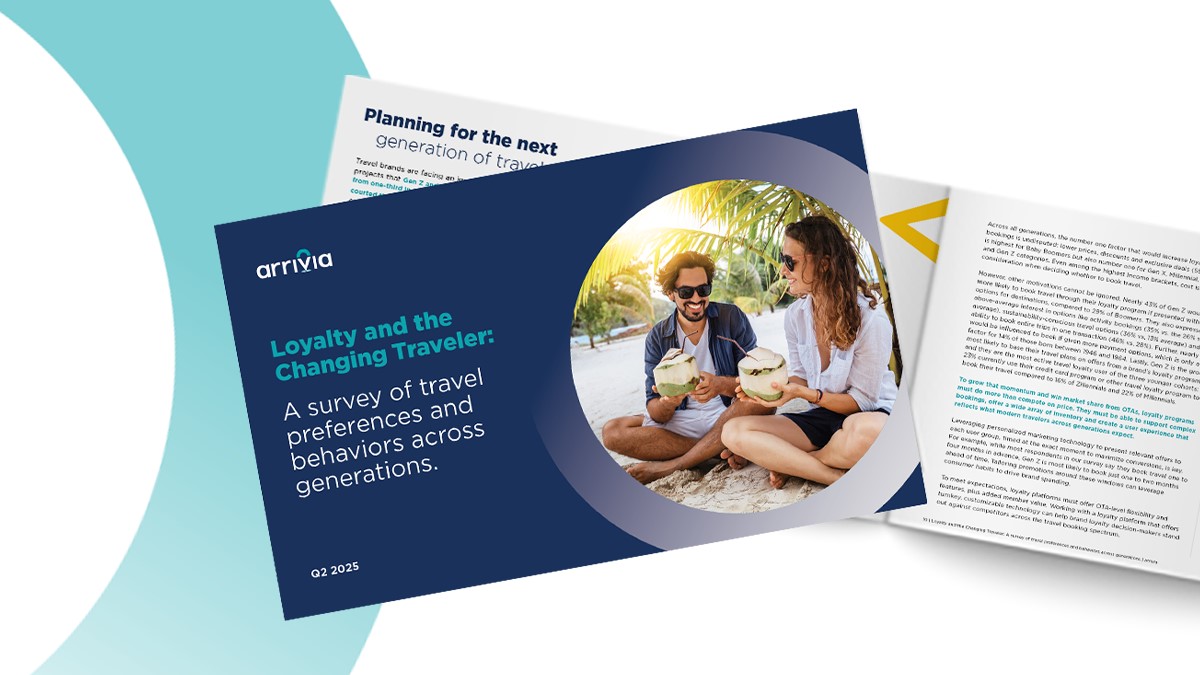You’ve probably noticed that loyalty programs are everywhere — from your local grocery store to credit card companies and dog groomers — and it’s more than likely that you already belong to a few loyalty programs yourself.
Whether you collect points for gas when you buy groceries or earn cash-back rewards through a credit card, you’re being incentivized to keep doing business with a specific brand in exchange for a reward.
Building brand loyalty starts with a great product or service. However, consumers want more; according to a late 2022 survey, 7 out of 10 Americans considered loyalty programs a leading factor in securing their loyalty towards their favorite brands.
The Importance of a Successful Loyalty Program
There are many ways to shape a customer loyalty program. For example, companies can offer points based on buying habits and price points. In return, customers redeem their points for discounts, rewards, or other insider perks. A loyalty program can also be in the form of a paid membership, where members receive exclusive deals or free shipping. However, if a business wants to shape its program, the goal is to motivate repeat purchases and build trust between customers and the company.
Customer loyalty programs are proven methods for growing and sustaining market share. Consumers who are already enthusiastic about a brand are more likely to continue buying and are a prime market for that brand’s new products. A successful loyalty program can help businesses build a loyal customer base, increase customer lifetime value, and drive revenue. Loyalty programs accomplish this by increasing customer engagement, improving brand perception, and providing valuable customer data to businesses to help them.
Key Elements and Best Practices of a Successful Loyalty Program
Successful loyalty programs directly relate to several key elements and best practices that businesses can:
Offer Clear Rewards and Benefits
There are a wide variety of loyalty programs that businesses can implement, whether it’s tiered, membership-based, or points-based. However, creating a program that brings customers great value and return is essential regardless of type. To do so, retailers must have intimate knowledge of their customer base and what rewards they may prefer in exchange for their loyalty. By utilizing different resources to identify customers’ wants, retailers can provide a loyalty program that truly speaks to their needs.
Embrace Simplicity
An easy-to-use and understood rewards program will keep customers engaged. Make sure the sign-up process is quick and easy, and show program value to the customer quickly. By rewarding the customer within the first few visits, the customer perceives value by continuing to shop at your business.
Make it Personalized
A loyalty program isn’t just about giving rewards; it’s about showing your regular customers that you appreciate their support of your business. Incorporate thank you notes, holiday cards, happy birthday emails, and whatever you can personalize their experience with the program.
Some of the most successful loyalty programs focus on building a community for their customers. For example, offer a specific time frame when loyalty members can shop for an additional discount. Or, acknowledge birthdays or anniversaries of joining your program to encourage interaction with your business. Constant, clear communication and engagement with loyalty program customers can make them feel special and impact how customers interact with your brand.
Offer a Seamless Omnichannel Experience
Creating meaningful touchpoints at as many steps in the customer shopping experience is critical in executing a seamless omnichannel experience. For example, omnichannel loyalty programs involve getting customers to sign up, incentivizing them to make frequent purchases, and having customers recommend deals to friends, family, and online social circles.
Through mobile apps and in-store purchases, omnichannel programs offer retailers a more personalized shopping experience. The discounts or special deals customers have earned through different sales channels can be applied once they purchase. In addition, with an omnichannel loyalty strategy, members can engage with brands or purchase anytime from anywhere while their reward status is consistently tracked throughout all their devices.
Examples of Successful Loyalty Programs
Successful loyalty programs can take many forms, depending on the type of business and customer.
For example, Sephora’s Beauty Insider loyalty program is a point-based program with mobile experiences, VIP tiers, and exclusive rewards. Members can choose how to use their reward points flexibly. Customers can redeem the points for gift cards, get a discount, or use them to buy other products at the store. In addition, customers who reach VIB Rouge, the top tier of their program, are given exclusive access to new products. By creating a memorable customer experience, Sephora offers customers a greater incentive to join and spend.
Another example is Delta Airlines’ loyalty program, known as Delta SkyMiles, which offers customers the opportunity to earn and redeem miles for flights and other travel-related rewards. Members can earn miles by flying with Delta or its partner airlines and through various other partners such as credit card companies and hotels. The program offers elite status tiers, which grant additional benefits like priority boarding, complimentary upgrades, and access to airport lounges.
Measuring the Success of a Loyalty Program
Loyalty is not a one-size-fits-all tool. Measuring a loyalty program’s success will help you make decisions in the future to benefit your brand and your customers. Businesses can measure the success of their loyalty program by tracking specific key performance indicators (KPIs), such as:
- Loyalty program enrollment rate
- Participation rate
- Repeat purchase rate
- Average spend per member
- Percentage of sales from loyalty members
- Customer retention rate
- Referral rate
You can also continuously analyze and improve your loyalty program based on customer feedback and data. Utilize customer feedback and satisfaction through customer feedback surveys to hear directly from customers on how to continually improve your program.
Creating a Successful Loyalty Program
Designing a successful loyalty program means researching and understanding your customer first, then finding realistic, creative ways to reach and engage them.
Businesses should research their target audience and preferences, identify clear rewards and benefits that align with their business objectives, personalize the program for their customers, and ensure a seamless experience across all channels. By understanding the critical elements of a successful loyalty program, researching your target audience, and continuously analyzing and improving your program, you can create a loyalty program that drives customer engagement, retention, and revenue.
Arrivia: Implementing Loyalty Programs That Drive Results
Arrivia offers customizable travel loyalty program solutions that help businesses build customer loyalty, increase revenue, and provide valuable customer data. Arrivia offers unique technology, travel expertise, and customer support, allowing companies to create personalized loyalty programs that align with their business objectives and drive results.
Contact arrivia and request a demo to learn more about their loyalty program solutions and how they can help your customers support your business and find benefits through travel rewards.




